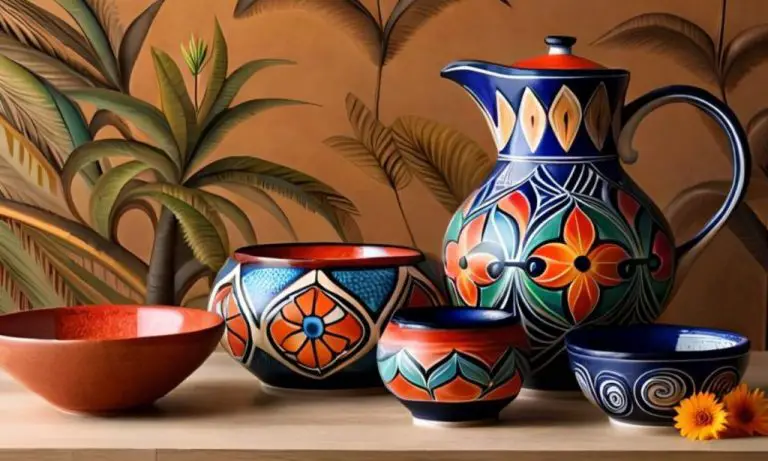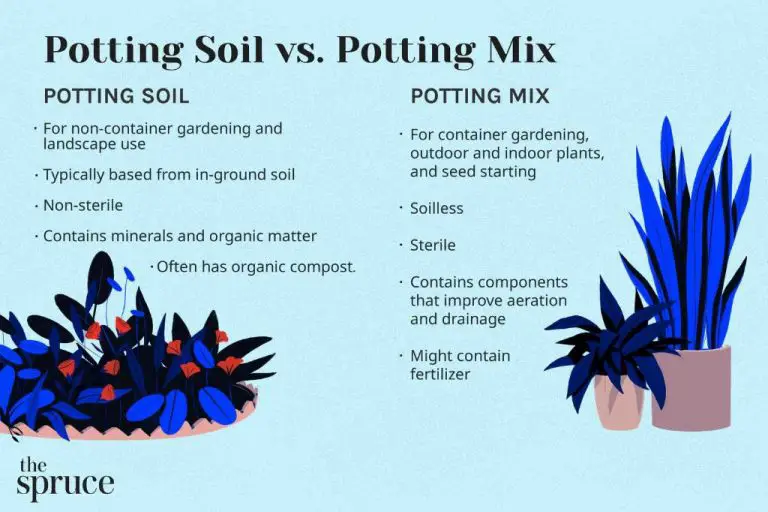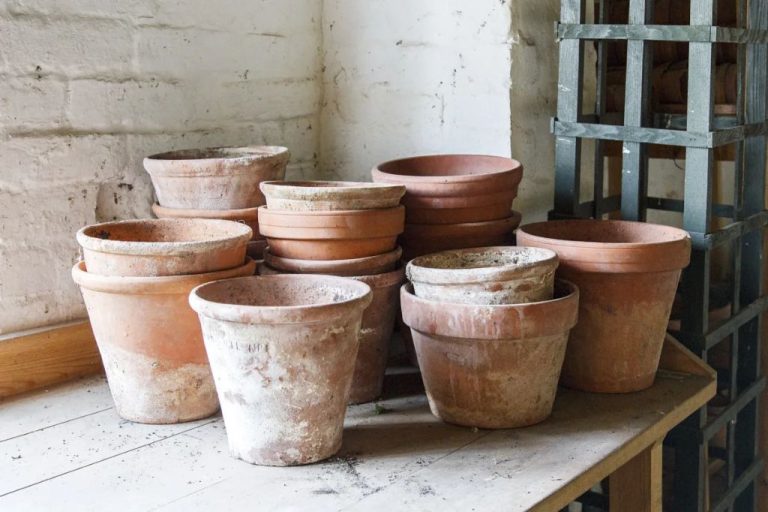What Products Use Clay?
Clay is a finely-grained natural rock or soil material that combines minerals such as feldspar, quartz and mica with trace elements. It is plastic when wet but hardens when heated or dried. There are many different types of clay, defined by their geological origin, chemical composition and mineral content.
Clay’s plasticity when wet allows it to be shaped or molded. When fired at high temperatures, the materials fuse to become permanently hard and rock-like. This makes clay a versatile raw material that has been used since prehistoric times to create pottery, bricks, ceramics, artworks and various industrial applications.
The unique properties of clay have led to its widespread use across many sectors over thousands of years of human civilization. From cooking vessels to fine porcelain, buildings to medicines, clay has proven integral in the development and advancement of cultures globally.
Pottery
Clay has been used to create pottery and ceramics for thousands of years. Some of the earliest known pottery has been found in China and dates back over 20,000 years. Across the world, clay was an ideal material for crafting early vessels and containers due to its plasticity when wet and hard, durable nature when fired.
There are several major types of pottery that have been created across history and cultures using clay:
- Earthenware – The most common type of pottery, made from clay containing iron and other minerals. Earthenware is fired at lower temperatures and is more porous than other types.
- Stoneware – Made from more refined clay and fired at higher temperatures, creating a non-porousfinished product.
- Porcelain – Made from kaolin clay, porcelain is fired at extremely high temperatures and creates a translucent, glass-like finish.
Three major techniques have traditionally been used in shaping and decorating pottery:
- Hand building – Pottery shaped by hand without the use of a potter’s wheel, including techniques like coil building, slab construction, and pinch pots.
- Wheel throwing – Using a potter’s wheel to shape clay vessels with a combination of centripetal force and the potter’s hands.
- Glazing and decorating – Applying colored glazes and embellishments to finishing pottery pieces before firing.
From functional bowls and jars to artistic sculptures and vases, clay pottery persists as an important and beloved artform today thanks to the creativity of generations of potters throughout history.
Bricks
Clay has been used to make bricks for thousands of years. Bricks are one of the oldest and most enduring building materials, owing to their durability, aesthetics, and low cost. The process of making bricks generally involves mining clay, mixing and tempering the clay, molding the clay into brick shapes, and firing the bricks in a kiln.
There are several types of clay used to manufacture bricks:
- Common clay – Most widely available and cheapest option
- Shale clay – Fine grained sedimentary rock, makes very durable bricks
- Fire clay – Withstands high temperatures, used for firebricks
- Clay loam – Mixture of clay and sand, balances durability and ease of molding
Clay bricks rose to prominence during the 19th century as mass production techniques were developed. The industrial revolution led to an explosion of brick usage in construction, especially in urban areas. Clay bricks offered an affordable, modular, and attractive building material that was fireproof and weather resistant. Even as new materials like concrete, steel, and glass transformed architecture, clay bricks remained a staple of construction and masonry work.
Today, clay bricks are a $16 billion global industry, with hundreds of billions of bricks produced worldwide each year. From ancient monuments to modern houses, clay bricks continue to be a versatile, trusted construction material.
Ceramics
Ceramics are one of the most common uses for clay. They are inorganic, nonmetallic solids made by heating raw materials at high temperatures. Ceramic materials have many unique properties including high strength, hardness, heat resistance, electrical insulation, and low density. There are several major types of ceramic products widely used today:
Pottery – This includes tableware, cookware, art objects, and construction products like tiles and bricks. Clay bodies for pottery are usually mixed with feldspar, quartz, and other additives and fired in a kiln. Glazes can provide color or make the surface waterproof. Pottery is one of the oldest uses of clay, dating back thousands of years.
Advanced ceramics – These high-performance materials include alumina, silicon carbide, silicon nitride, and zirconia. They are used in applications requiring exceptional hardness, wear resistance, corrosion resistance, electrical properties, or ability to withstand high temperatures. Advanced ceramics are commonly used in aerospace components, automotive parts, electronics, medical implants, and industrial equipment.
Refractories – Refractory ceramics are designed to withstand extremely high temperatures, usually above 1000°C. They are used to line high-temperature kilns and furnaces. Important refractory materials include silica, alumina, magnesia, and mixtures likefireclay.
Technical ceramics – This category includes ceramic materials used for their electrical, magnetic, optical, or bioactive properties. Examples include semiconductors, superconductors, integrated circuits, lasers, and bioceramics used for dental and orthopedic implants.
Ceramic manufacturing involves complex processes like powder synthesis, shape forming, heat treatments, and finishing. Forming methods include molding, extrusion, tape casting, and 3D printing. The raw ceramic must be consolidated with heat, usually by firing in a kiln or sintering. Secondary machining and finishing processes may be required to achieve final tolerances and surface finishes.
From ancient pottery to advanced aerospace materials, ceramics continue to be one of the most versatile and invaluable uses of clay. Their unique properties lend themselves to a huge array of applications across many industries. Continued innovation promises to unlock even more uses for ceramic materials in the future.
Refractories
Refractories are materials that are able to withstand extremely high temperatures and are used to line furnaces, kilns, fireplaces, and other high-heat environments. Some key characteristics of refractory materials are:
- High melting point
- Ability to withstand thermal shock
- Good chemical stability
- Low thermal conductivity
There are several types of refractory clays used in refractory applications:
- Fire clay – This clay has a high content of alumina and silica, giving it a high melting point. It’s resistant to thermal shock.
- High alumina clay – Has an alumina content of over 45%. Withstands high temperatures and thermal shock.
- Silica brick – Made from silica fire clay or sand. Withstands abrasion and corrosion.
- Magnesite brick – Contains magnesite, giving good thermal shock resistance.
Some examples of refractory applications include:
- Lining of kilns and furnaces
- Chimneys and fireplaces
- Ceramic kiln furniture
- Incinerators
- Reformer furnaces in hydrogen production
- Foundry ladles
Refractory materials like fire clay are essential for creating the high temperature environments needed for manufacturing, heat treatment, and other industrial processes. Their ability to withstand heat, corrosion, and abrasion make them a critical material in various high-temperature applications.
Medicine
Clay has been used for medicinal purposes since ancient times. The earliest recorded medical use of clay dates back to ancient Mesopotamia. Medicinal clays are typically derived from volcanic ash deposits or seabeds and are rich in minerals like calcium, magnesium, potassium, and iron that can benefit the body.
Some key medicinal uses of clay include:
-
Clay masks and facials. Applying a clay mask to the face can help absorb excess oils, draw out impurities from pores, and improve skin tone and texture. Clays like bentonite and French green clay are common in skincare masks.
-
Detoxifying clay baths. Adding clay like bentonite or zeolite clay to bath water may help draw out toxins through the skin. Some believe clay baths can relieve joint pain, improve circulation, and promote healing.
-
Healing clay poultices. Mixing clay with water to make a poultice and applying it topically may help soothe skin irritations, infections, or insect bites as it pulls out impurities.
-
Internal detoxification. Ingesting medicinal clay in small amounts diluted with water is said to help rid the digestive tract of toxins, though effectiveness hasn’t been scientifically proven.
When used topically or internally, the negatively charged ions in clay are thought to bind to the positively charged toxins in the skin or digestive tract and remove them from the body. Always consult a doctor before using medicinal clays internally.
Cosmetics
Clay is a popular ingredient in many cosmetic products today. One of the most common cosmetic uses of clay is in facial masks. Clay masks help cleanse the skin, remove impurities, and absorb excess oils. The absorptive properties of clay can help draw out dirt, pollutants, and sebum from pores without over-drying the skin.
Some of the most popular clays used in cosmetic facial masks include:
- Bentonite clay
- Kaolin clay
- French green clay
- Moroccan red clay
Clay masks are applied to clean skin and left to dry for 5-15 minutes before rinsing off. The drying process allows the clay to bind to impurities. As the mask dries, it pulls oils, dirt, and other substances out from the pores. Using a clay mask 1-2 times per week can help minimize pores, remove blackheads, and give skin a healthy glow.
In addition to masks, clay is also used in some soaps and shampoos. The clay can help gently cleanse and exfoliate the skin or scalp without harsh detergents. Some clay soaps are also formulated to be antibacterial.
Overall, clay makes an effective, natural ingredient for many different cosmetic applications. Its absorbent nature offers skin cleansing benefits while being gentle enough for regular use.
Art
Clay is an important material used in art, especially for sculpting. Artists have been sculpting with clay for thousands of years to create clay figures, models, and pottery. Clay is ideal for sculpting because it is soft, pliable, and easy to shape when wet. As it dries, clay becomes firm and holds its shape.
Sculptors start by wedging or kneading the clay to remove air bubbles and make it uniform. They may add water to make the clay more workable. Once the clay is prepared, the sculptor shapes it by hand or uses sculpting tools. Common sculpting techniques include pinching, coiling, slab building, and wheel throwing. The sculpture takes shape as the artist forms the clay to create their desired artwork.
Clay sculptures may depict the human form, animals, fantasy creatures, abstract shapes, bas relief carvings, and much more. Sculptors can create intricate details and textures by carving, etching, or impressing designs into the clay. Clay is highly versatile and allows artists to be very creative. It can be formed into complex 3D shapes, large-scale pieces, or miniature figures.
Once the clay sculpture is complete, artists often fire or bake the clay in a high temperature kiln or oven to harden and preserve it. The firing process chemically alters the clay so it becomes a ceramic material. Sculptors may choose to glaze or paint the fired clay for decorative effects. Clay sculptures are valued as artworks and collected worldwide. Overall, clay remains an essential medium allowing sculptors to bring their creative visions to life.
Other Uses
Clay has a wide variety of other uses beyond pottery and construction materials. Some key examples include:
Agriculture – Clay is an important component of soil, helping retain nutrients and water. Many farmers add clay amendments to improve soil quality.
Pet litter – Clumping clay is a common ingredient in cat litter. The clay absorbs moisture and forms clumps for easy cleaning.
Drilling mud – Bentonite clay is used to make drilling mud for oil and gas wells. The clay helps lubricate and cool the drill bit.
Paper – Clay is used as a coating and filler to enhance the brightness, smoothness, and opacity of paper.
Paint – Clay is used as an extender and flattener in some paints. It helps retain pigment and influences paint viscosity.
Conclusion
Clay has been an important material used by humans for millennia. From the earliest pottery vessels to modern high-tech applications, clay’s unique properties have allowed it to be fashioned into a vast array of products that touch nearly every aspect of our lives.
Some of the most common and impactful uses of clay are in pottery, bricks, ceramics, and refractories. Clay’s plasticity when wet and hard, heat-resistant nature when fired make it ideal for shaping into pots, dishes, bricks, tiles, and specialized products like porcelain insulators and rocket nose cones.
Clay is also invaluable to a variety of other industries. In medicine, clay is used for capsule casings, antacids, and dermatological applications. Beauty and cosmetics products utilize the absorbent and exfoliant properties of clays. Artists create stunning works from clay in pottery and sculpture. Even in construction, drilling, and engineering, clay performs an essential function.
As this overview illustrates, clay is an incredibly versatile material that lends itself well to an astounding array of uses. From prosaic to profound, clay-based products continue to play a vital role in human civilization all over the world.





